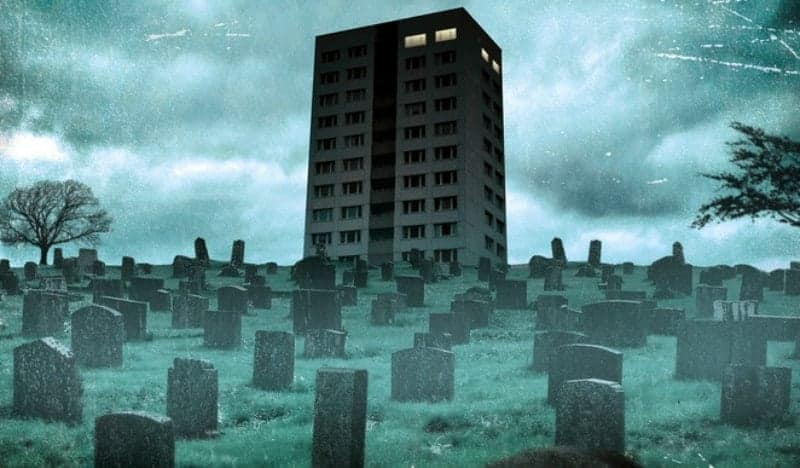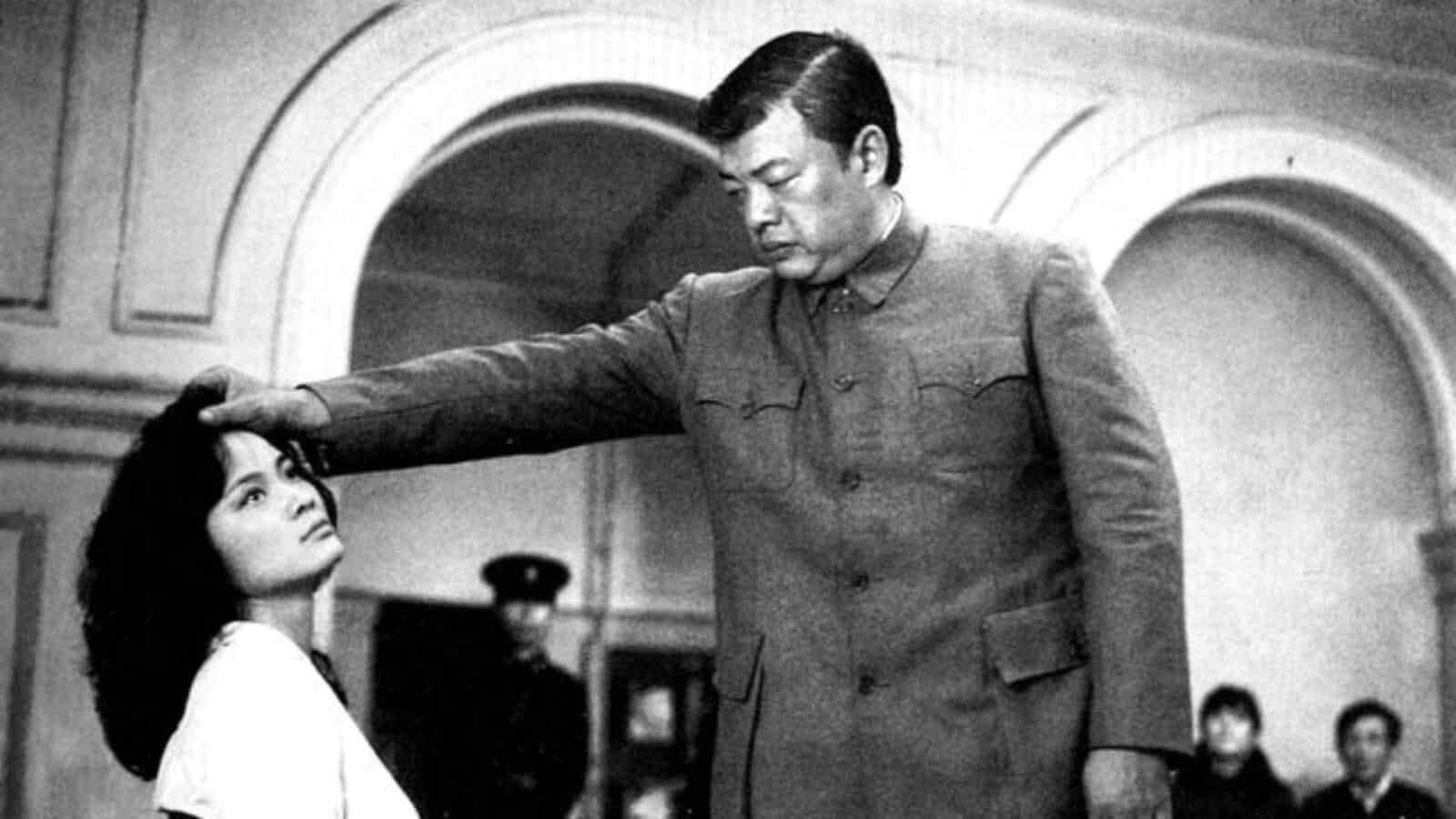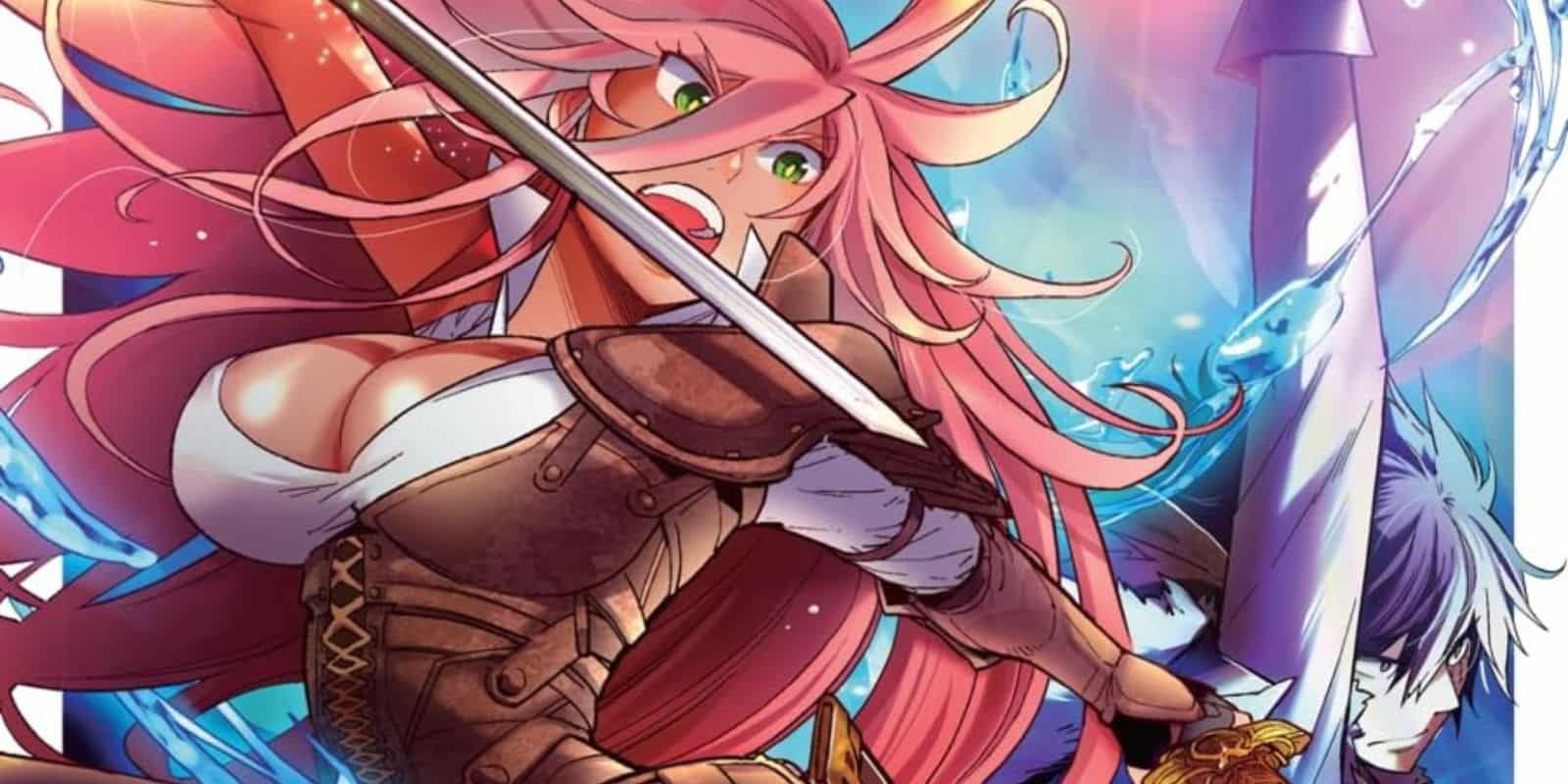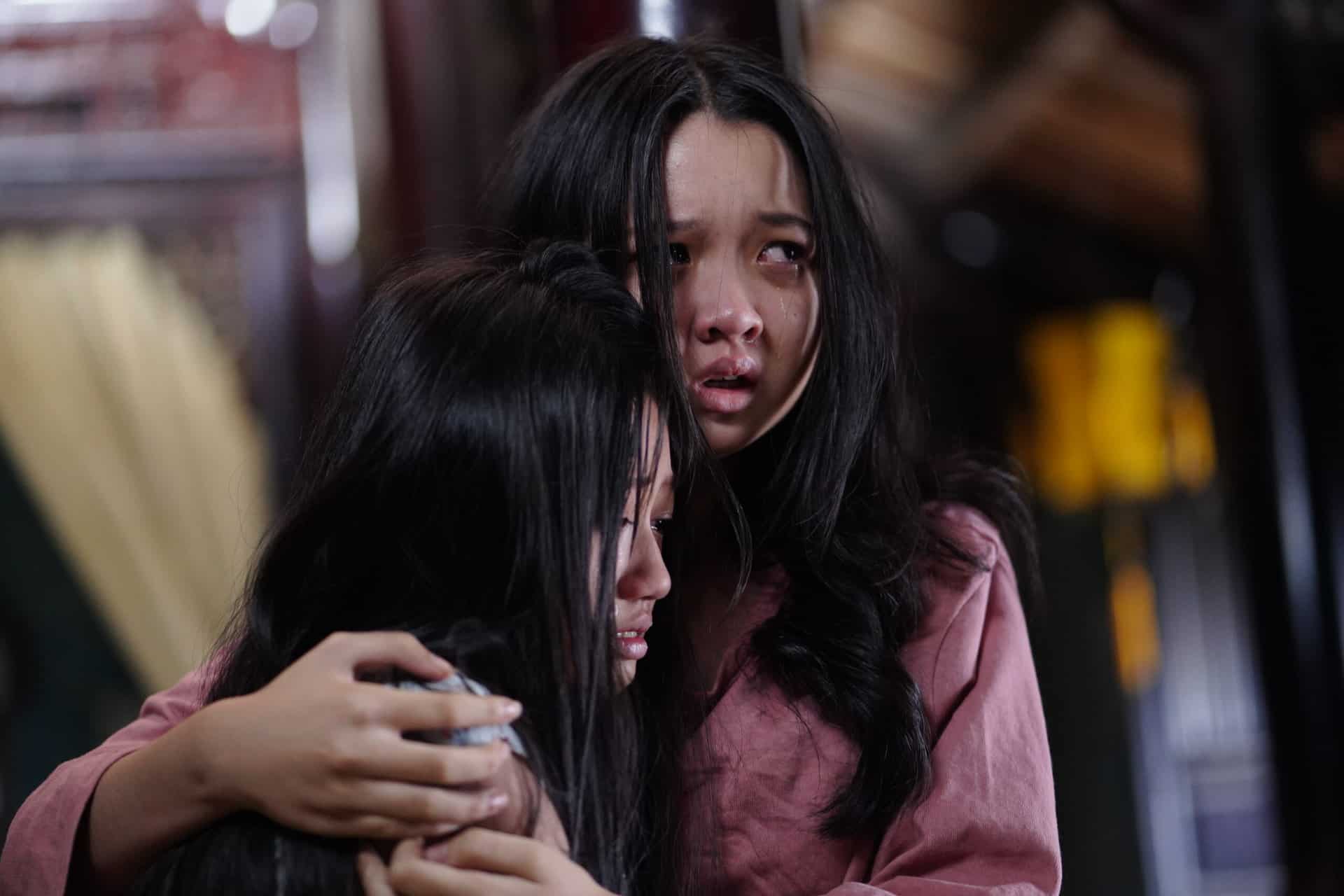The Kanos' believe they have found their dream home when they strike a really good deal on an apartment. An ideal location, which is close to school, work and amenities for the young family. The only catch is their new home is located right beside a graveyard on sacred land. Not one to harbor superstitious beliefs, the family believes the grim backdrop is a minor concern in the face of so many positives. However, they soon realize the stigma behind the building is not baseless as units have either been left empty or abandoned shortly after by tenants who advise the family they should also leave. At first chalked up to paranoia, the family becomes tormented by malicious spirits whose attacks only escalate in severity as they attempt to find another place.
Buy This Title
Mariko Koike, is an award winning author best known for her work in the mystery and horror genres', with “The Graveyard Apartment” considered to be her masterpiece within the latter. Consequently, this lead to being published by Thomas Dunne Books (Macmillan Publishing) in 2011, under translation work of Deborah Boliver Boehm. The paranormal horror story, while not feeling wholly original in its approach to the supernatural, presents a claustrophobic and chilling experience showing why the author has become high regarded. Ultimately, the success of the novel relies on two main components, which Koike navigates with great expertise.
At the heart of the novel is the Kano family, and the exploration of their history and development as a couple turned family unit. Consequently, the time the reader gets to spend with the family reflects a strong bond steeped in sincerity and deep love for one another. Additionally, Father Teppei and mother Misao are presented as the ideal parent to their young daughter Tamao. The way the family approaches life in a realistic fashion, forged in an earned pride through maturity and intelligence, makes them extremely charming characters to follow. As a result of their endearing personas, most observers of the events as they unfold will find themselves cheering on the family to overcome the macabre scenarios they face.
Building off of well established personas, Koike's approach allows for a ‘slow burn' building of a sense of dread that bleeds into the nightmarish scenarios in the final chapters. Additionally, the author has an intriguing approach in introducing mundane facts that become integral in the later chapters, additionally showing skill in the gradual escalation of horror. That is not to say that the bulk of the book is lacking in perturbing moments, as there are also subtle hints of dead causing unease. However, the situation becomes most dire in the last two chapters, offering a stark shift in tone from the opening/mid chapters. Overall, the focus on creating admirable persona' and planting the seeds to later plot points makes for an exemplary ‘slow build' to horror.
In describing the actual haunting and attack from the angered spirits of the dead, the writer's approach is not going to impress long term horror fans. However, the closing chapters are still deeply upsetting when considering the effect it has on the protagonists, who are sure to have won empathy or respect through establishing narrative. Furthermore, there are still some great concepts to push the desperation and sense of hopelessness experienced from the family, making the last few chapters truly unnerving.
“The Graveyard Apartment” is an ideal ‘slow burn' horror novel, whose strength lies in detail to character and world building that Koike showcases a great talent for utilizing. It may not appeal to fans of more graphic or hard hitting horror and the beginning pace can be a bit daunting. However, the wait is definitely worth it, and the chaos unleashed in the last few chapters will put horror fans at the edge, marking a deserved entry among the best the horror genre has to offer.
















